Movie monsters (1990)
Image: Universal Studios
In 1986 – the very same year that Captain EO made its debut (at Epcot and Disneyland) – another pop culture giant was stepping onto the scene. Back at Universal Studios Hollywood, the Studio Tour’s most elaborate scene yet, the King Kong Encounter, placed guests in the midst of the classic creature’s attack on New York… and via an Audio Animatronic designed by Disney Legend Bob Gurr, at that.
Universal’s innovations were all leading up to something big. For years, Universal had been considering a move to Central Florida, where they could theoretically take on Magic Kingdom and EPCOT Center with a second studio tour, recreating many of Hollywood’s classic encounters. But they knew that if they were going to move into Disney’s backyard, they needed a real headliner to make it worthwhile.
Image: Universal Studios
Steven Spielberg – a frequent Universal collaborator – had been invited to the star-studded opening of Star Tours, riding alongside George Lucas himself. Allegedly, Lucas off-handedly mentioned that Universal could never build something like Star Tours… Which, of course, lit a fire under Spielberg to prove George Lucas wrong. Meeting with Universal’s executives, Spielberg recounted the challenge and offered up his own film as the impetus. Thus, the Lost Legend: Back to the Future – The Ride was born, and with it, Universal Studios Florida officially went into production.
Of course, it wasn’t alone. As the story goes, Michael Eisner was aware of Universal’s plans for a Florida park (from his time at Paramount) and, being a Hollywood man himself, launched a counter-attack. Plans for a filmmaking pavilion in EPCOT Center’s Future World were upgraded to a full-on movie park. And as a preemptive strike against Universal’s plans, Disney even announced that their park would be headlined by –ready for this? – the tram-led Declassified Disaster: Disney-MGM Backstage Studio Tour through real movie sets and staged encounters.
Image: Universal Studios
Ultimately, Disney’s (admittedly underhanded) play probably benefitted Universal in the long run. Since they couldn’t “copy Disney” by having a tram tour as the anchor of their Florida property, they flipped plans for their new park around, slicing out the individual encounters with Jaws, King Kong, and an earthquake and turning each into a full, standalone ride – the Lost Legends: JAWS, Kongfrontation, and Earthquake - The Big One... in some ways, the origin of the fabled "something goes horribly wrong" ride plot twist!
Image: Universal Studios
Combined with Back to the Future, that gave Orlando a studio-themed park with no less than four E-Ticket attractions. And unlike their Studio Tour counterparts, Florida’s full-fledged rides didn’t even hint at showing guests “behind-the-scenes.” Rather, they let guests into those larger-than-life films. That’s why, when Universal Studios Florida opened in 1990, its tagline was... “See the Stars. Ride the Movies.”
Eisner's cinematic splendor (1986-1994)
The 1990s were a time of extreme highs and lows for Disney Imagineering.
Image: Disney
There's absolutely no doubt that the "ride the movies" mantra Eisner had kickstarted was working. Though the end of the '80s and the first half of the '90s, Disney Parks clearly identified themselves as modern contenders, able to skillfully construct incredible, epic, cinematically-scaled attractions that felt relevant. Think of the masterpiece attractions born of this era, and in particular the ways they let guests "ride the movies" by incorporating highly detailed queues, pre-shows, orchestral scores, and legendary effects to send guests into elaborate new worlds.
Captain EO. Star Tours. Splash Mountain. Fantasmic. Roger Rabbit's Car Toon Spin. The Twilight Zone Tower of Terror. Even two more George Lucas collaborations – the Lost Legend: Alien Encounter and the Modern Marvel: Indiana Jones Adventure.
Eisner was right.
Image: Disney
The combination of Disney Imagineering with the stories and characters and scores and settings that mattered to modern audiences created some of the most compelling attractions to ever exist.
Then, it ended. That's largely thanks to two debilitating blows to Eisner's ego. First, the unexpected death of his business partner, Frank Wells (remembered as the Roy to Eisner's Walt), and the disastrous opening of EuroDisneyland (today, Disneyland Paris). The French resort was imagined as Eisner’s legacy-leaving strategic expansion that instead crashed and burned. Eisner famously became frightened of any large scale projects across Disney Parks, downsizing or outright cancelling any plans left in Paris's wake.
Eisner's character invasion (1995-2004)
Image: Disney
Just like that, the epic era of "ride the movies" took an intermission. The rest of the '90s and the early 2000s are marked not by Eisner's ambitious cinematic projects, but by play-it-safe attempts to infuse characters into the parks however possible. The result was an era of cartoon invasion, pushing Disney (and then, Pixar) characters into the theme parks in ways fans found frustrating or short-sighted.
Stitch became star of the Declassified Disaster: Stitch’s Great Escape while Magic Kingdom’s Tropical Serenade became the Declassified Disaster: Enchanted Tiki Room - Under New Management to insert characters from '90s favorites Aladdin and The Lion King.
Image: Disney
Beloved Lost Legends: Mr. Toad’s Wild Ride and Country Bear Jamboree were kicked out of Magic Kingdom and Disneyland, respectively, to make room for Winnie the Pooh, a character who'd experienced a massive revival in the '90s (with merchandising potential galore).
Then there was EPCOT Center. Eisner infamously inherited Disney’s “educational” theme park when it was only two years old, and immediately seemed to have no clue whatsoever what to do with it. Completely counter to his own cinematic background and his push for including movie properties in Disney’s parks, the ‘90s flood of characters was inevitable.
Image: Disney
Coinciding with the closure of so many of the park’s opening day originals, Epcot (thoughtfully designed to intentionally exclude Disney characters) began to bulge at the seams with character meet-and-greets in the otherwise grounded World Showcase.
Meanwhile in Future World, The Lion King moved into The Land. In the spirit of Captain EO, A-List stars from Disney’s acquired ABC Network shows joined the Lost Legend: Universe of Energy. Plans to put The Little Mermaid and friends into the Lost Legend: The Living Seas could only have been trumped by an even bigger box office catch: Finding Nemo.
Image: Disney / Pixar
Speaking of which, this same era from the ‘90s to the early 2000s saw Pixar characters pop up throughout Disney Parks – as we told in a standalone feature, Disney•Pixarland – with Tomorrowlands across the globe overrun by Toy Story, Finding Nemo, and Monsters Inc.; the stars of A Bug's Life took up prominent residence in Animal Kingdom's Tree of Life while “a bug’s land” was a quick-fix save for Disney California Adventure’s lack of family appeal... just the beginning of the "Pixarification" of Disney Parks.
In defense of Michael Eisner
It's a shame that the elaborate, ambitious, and cinematic attractions born of the first half of Michael Eisner's tenure aren't often credited to his name; eclipsed by the flurry of character integrations, merchandise tie-ins, cost-cutting policies, and disappointing decisions that marked the second half. It's also a shame that Eisner's "ride the movies" mantra is applied in hindsight to both strategies, when really it only fits his earlier era and yielded some of Disney's most beloved attractions ever.
Image: Disney
Looking back, maybe we can understand how the man who shaped the modern Walt Disney Company was conflicted. Hit hard by Disneyland Paris' failure, Eisner seemed to retreat into a world ruled by financiers as never before; brave, cinematic, original ideas he’d once championed – like Splash Mountain, Tower of Terror, or Indiana Jones Adventure – were simply incongruous with his new world view: one where risk had to be mitigated by a box office guaruntee.
In fairness, one could even argue Eisner was simply taking Walt’s own edict to the extreme, pulsing popular characters into Disney Parks to keep them current. And by the way, Eisner himself had spearheaded a new generation of characters – Ariel, Belle, Flik, Stitch, Woody and Buzz, Nemo and Dory, Pocahontas, the Incredibles, and hundreds more! – and wouldn't it be a disservice to the parks to exclude them?
What Eisner’s era arguably failed to do was to balance quality and quantity. As characters invaded, they pushed out treasured classics; they were inserted in permanent ways before their characters were proven to stand the test of time; they were sprinkled into the parks with little regard for thematic integrity or storytelling, essentially treating every park like a “studio” park where mis-matched characters can coexist without care.
And as Eisner made his rather unceremonious exit from The Walt Disney Company in 2005, a new generation of leaders moved in. If we thought we were “riding the movies” back then, it’s nothing compared to today. Has the balance of “quality” and “quantity” changed? As the size of Disney’s blockbuster films has increased, have their presence in the parks? Will we ever again see a U.S. Disney Parks E-Ticket without a proven intellectual property behind it? We’ll explore those questions on the last page…
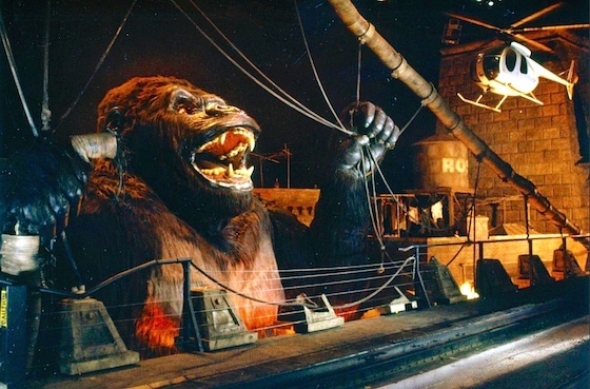
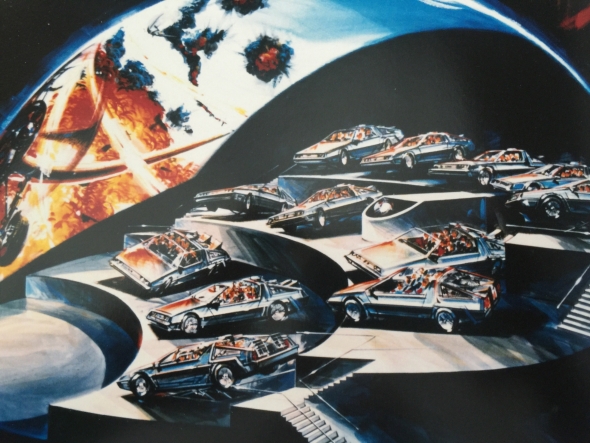

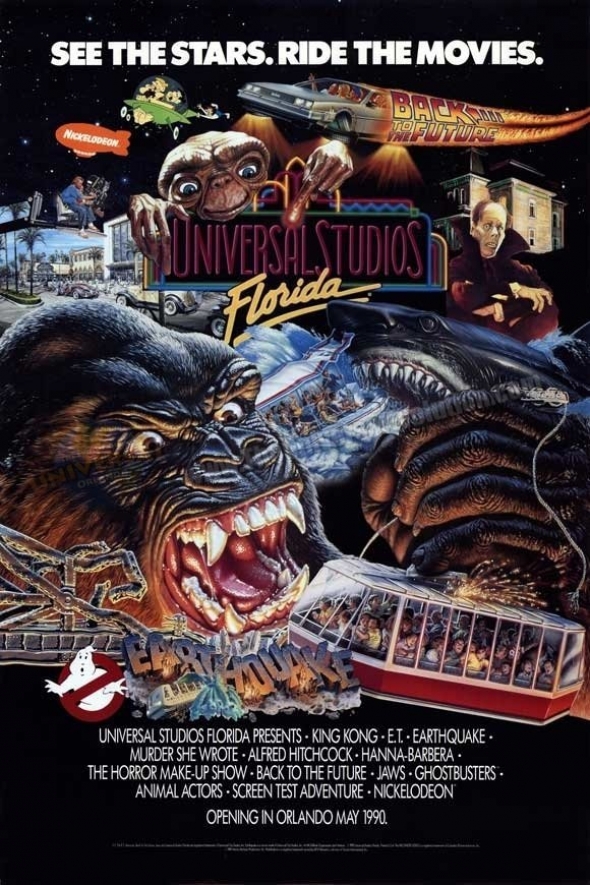

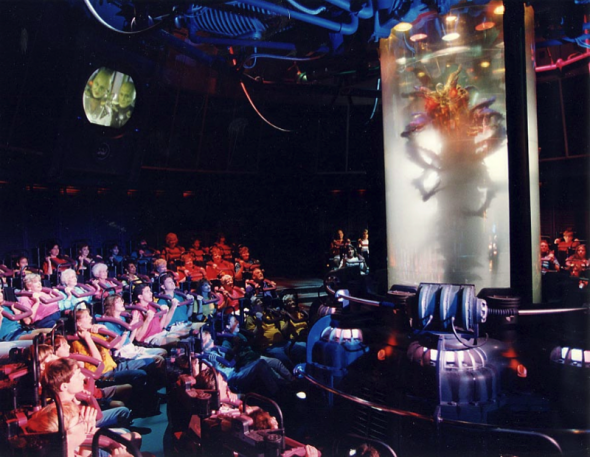
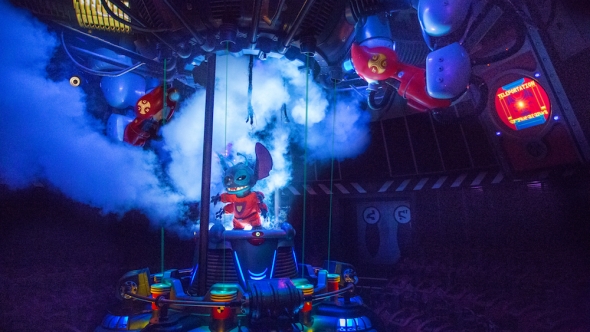

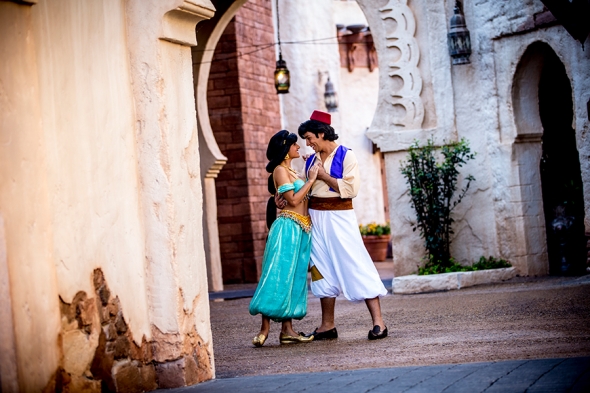
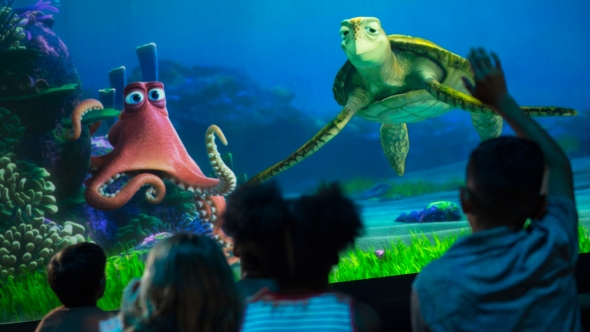

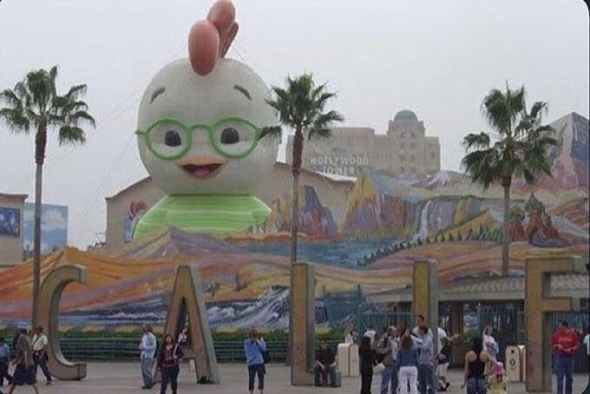

Add new comment